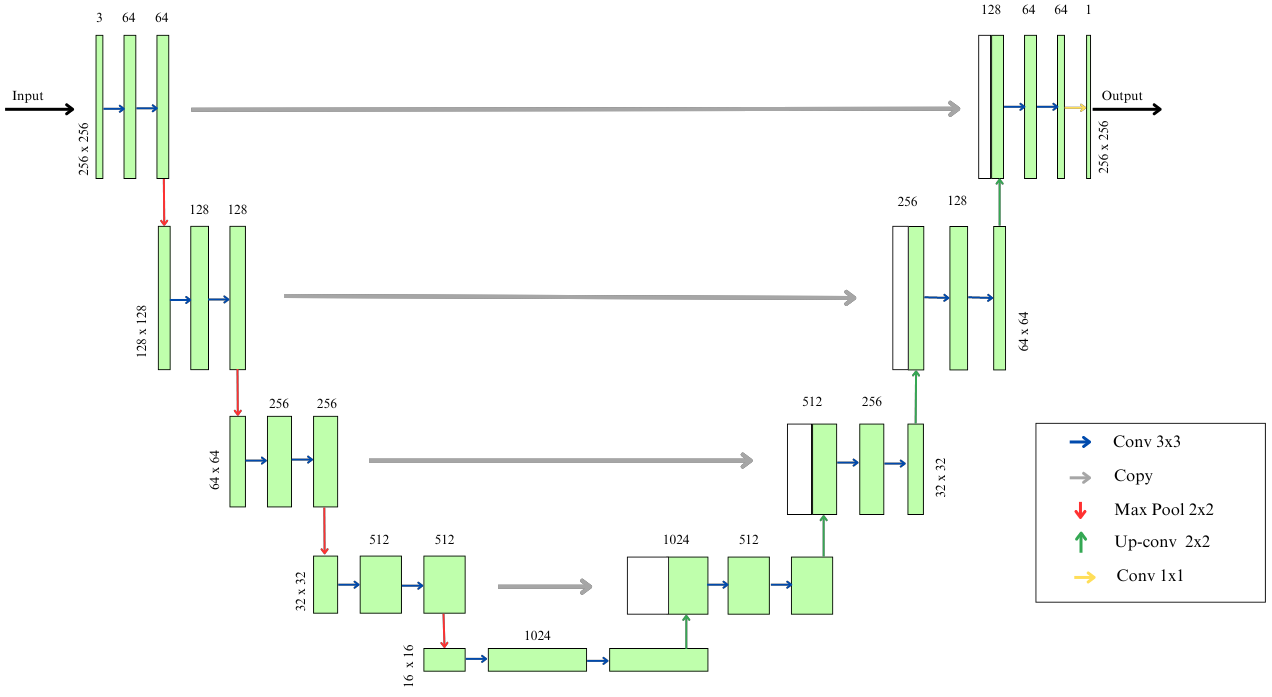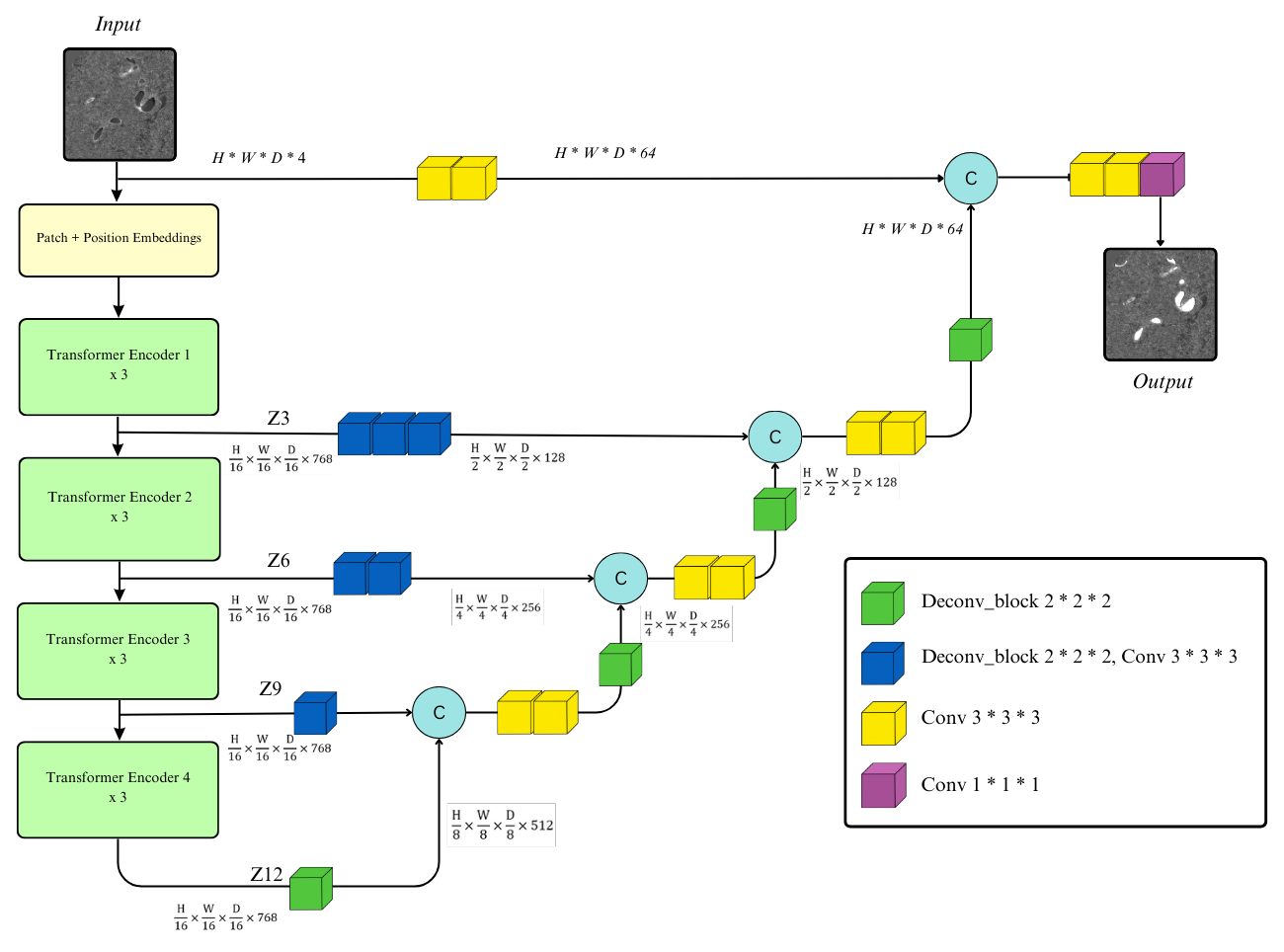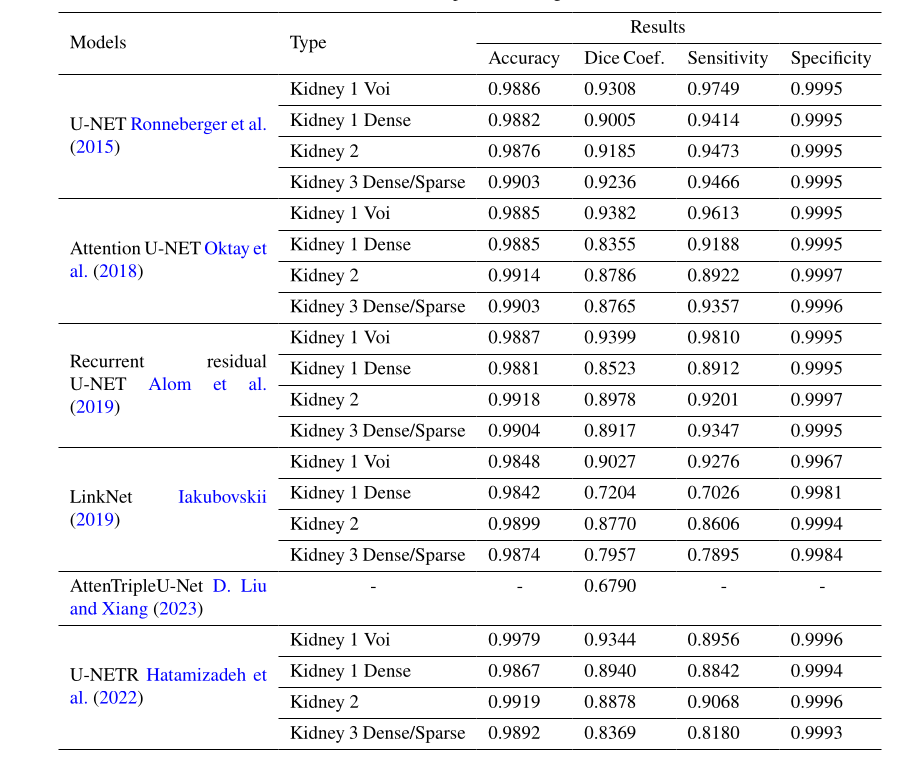Hybrid Loss Functions in U-NET for Kidney Blood Vessel Segmentation in HiP-CT Images
This study focuses on improving kidney blood vessel segmentation using U-NET models with a custom hybrid loss function. High-resolution peripheral computed tomography (HiP-CT) images are used to train the segmentation model. A novel weighted loss function combining Log-Cosh Dice Loss and Binary Cross-Entropy is introduced to enhance segmentation performance. The model is compared with state-of-the-art architectures, including Vanilla U-NET, Attention U-NET, Recurrent Residual U-NET, LinkNet, and UNETR. The results demonstrate superior segmentation accuracy, Dice coefficient, sensitivity, and specificity for all tested kidney datasets.
Key Contributions:
-Preprocessing Techniques: Applied gamma correction and image partitioning to improve contrast and segmentation accuracy.
-Custom Loss Function: Combines Log-Cosh Dice Loss with Binary Cross-Entropy to balance segmentation performance and optimize Dice coefficient.
-Comparative Analysis: Evaluated multiple deep learning architectures, demonstrating that the proposed U-NET model with a hybrid loss function outperforms existing methods.
-Performance Metrics: Achieved high accuracy, Dice coefficient, and specificity, ensuring precise segmentation for different kidney types.
Architecture Used:


Results achieved:

